Last week we shared everything we did, ate, and saw in Siem Reap in the first part of this destination report. In this week’s blog post, we are now taking a deep dive into our budget and how the two of us spent about $1,100 USD for a 4-week stay in Siem Reap, Cambodia in March 2023. We picked Siem Reap as a base to visit the Angkor Wat Archaeological site and we were not disappointed! Are you ready to see our numbers and find out what surprised us the most in Siem Reap?
We stayed in Penang for 29 days and the two of us spent $20.14 per person per day or $1,168 in total.
| Where We Traveled Siem Reap, Cambodia |
| What did we do, see, eat? Check out our destination guide of Siem Reap |
| Number of Days 28 days (from March 7, 2023, to April 4, 2023) |
| Type of Travel Married Couple, Slow Travel/Nomadic, Price Conscious |
| Total living cost $1,168 (for 2 people) or $14,702 per year (for 2 people)or $1,208 per month (for 2 people) or $20.14 per person and per day |
Note: Unless specified otherwise, prices are in USD and were converted from the local currency (KHR or Cambodian Riel) to USD with the following exchange rate: 4,000 KHR = 1 USD.
With our previous trips to Montreal, Quebec City, Puerto Vallarta, Mexico City, Oaxaca City, San Miguel de Allende, Aruba, Porto, Lisbon, Kotor, Chiang Mai, Koh Lanta, Penang and Costa Brava our average monthly spend per person was around $35 / person / day (Excluding the cost of getting in & out). Siem Reap is definitely well below this average with a daily budget of $18.61 / person / day. This makes Siem Reap a very affordable destination.
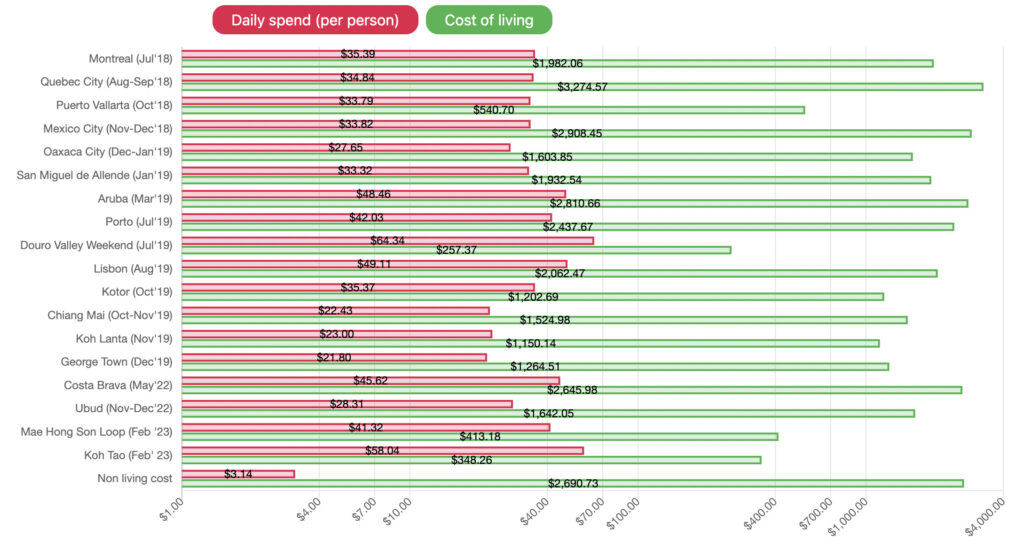
Here is a breakdown of our living expenses for this trip:
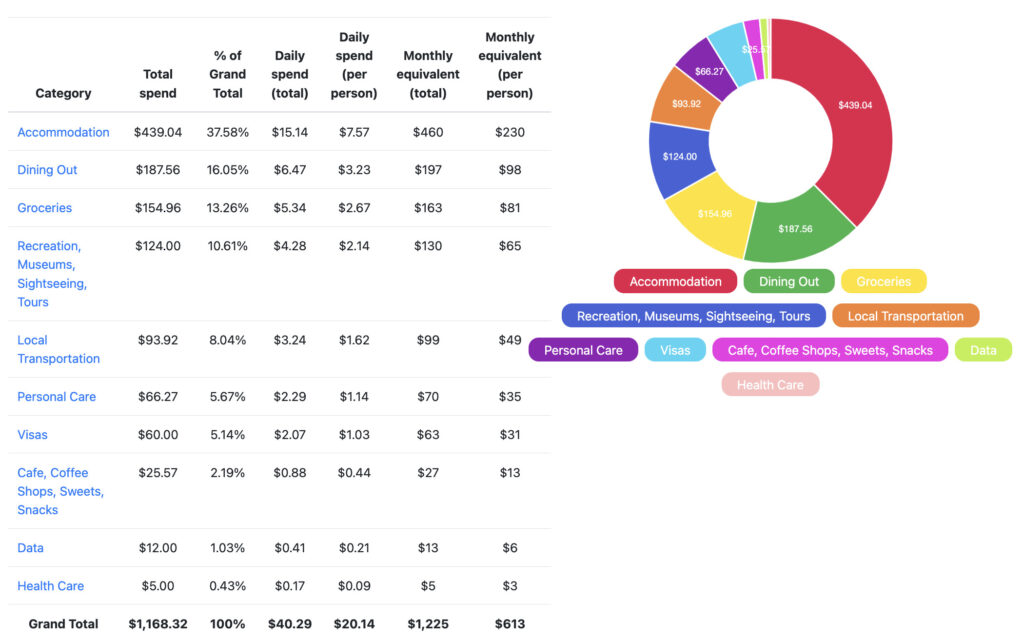
Are you wondering where this nice data is coming from? Well we created an app for that: Nomad Purse. Nomad Purse is the ultimate budget tracking app for slow/fast or long-term travelers like us! Tired of spending countless hours managing spreadsheets to track expenses? We felt the same way, which is why we created a solution to make budget tracking effortless. With Nomad Purse, you can easily keep track of your expenses and stay within budget, all in one convenient place. Say goodbye to the headache of manual budget tracking and hello to a stress-free travel experience. Learn more and start streamlining your budget today by visiting https://www.nomadpurse.com.
Our accommodation topped our budget category (representing 38% of our living expenses), followed by dining out (representing 16% of our living expenses), groceries (representing 13% of our living expenses), recreation (representing 11% of our living expenses), local transportation (representing 8% of our living expenses), personal care/massage (representing 6% of our living expenses), and then visas (representing 5% of our living expenses).
For this budget, we ate three out of four meals, explored the temples a lot, enjoyed plenty of massages, sugarcane juices, and local cuisine. We also rented a bike for a month to easily commute in the city but also explore the temples at our leisure. We did all of this while staying in a comfortable two-bedroom/two-bathroom apartment a few minutes away from the city.
What did we exactly spend on this budget? Well, let’s look into each main budget category in more detail.
(For more details about what to do, eat, see & avoid, please check out Part I of our destination guide about Siem Reap)
How much did we spend?
Note: If you are curious about how we generally decide to spend our money, check out this article where we explain our decision-making process.
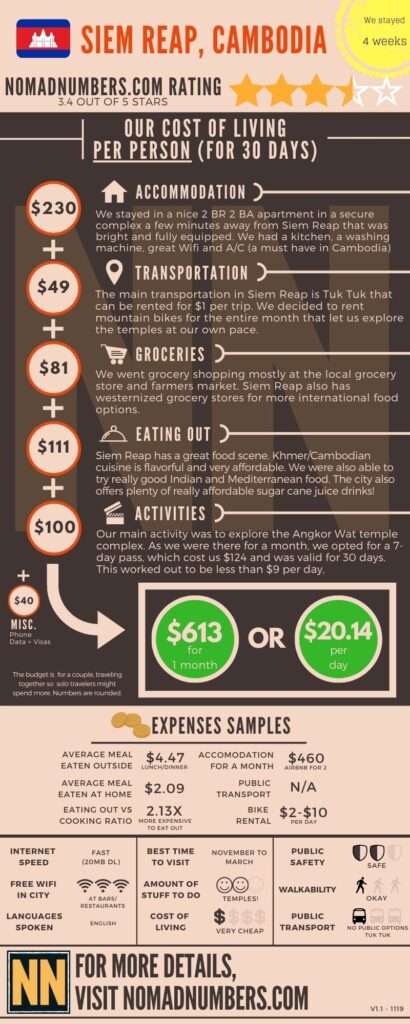
Accommodation: $7.57 / person / day (OR $230 / person / month).
During our month-long stay in Siem Reap, we were able to find very affordable accommodation. For $439 USD, we rented a large 2 bedroom / 2 bathroom apartment that was located just a few minutes away from the city center. This price included $70 for electricity, which is relatively expensive in Cambodia. The apartment was well-lit and equipped with a kitchen, strong Wi-Fi, and crucially, air conditioning, which was essential during our stay in the hottest month. The apartment was situated on the 2nd floor of a secure complex with a gate and 24/7 onsite security. We used the second bedroom as our office space, which was very convenient. Our host was also very welcoming and helpful, making us feel right at home. The apartment’s location was ideal, as it was only a 10-minute bike ride from the downtown area and just 5 minutes away from the nearest grocery store. By staying a little further from the city center, we were able to secure a more affordable apartment, which was a great advantage.
You can check out our AirBnB rental listing here.
If you want to know how we score great deals with AirBnB, check out our own AirBnb tips.
⇒ In total, for the length of our say, the 2 of us spent $439 on this apartment for a total of 28 nights
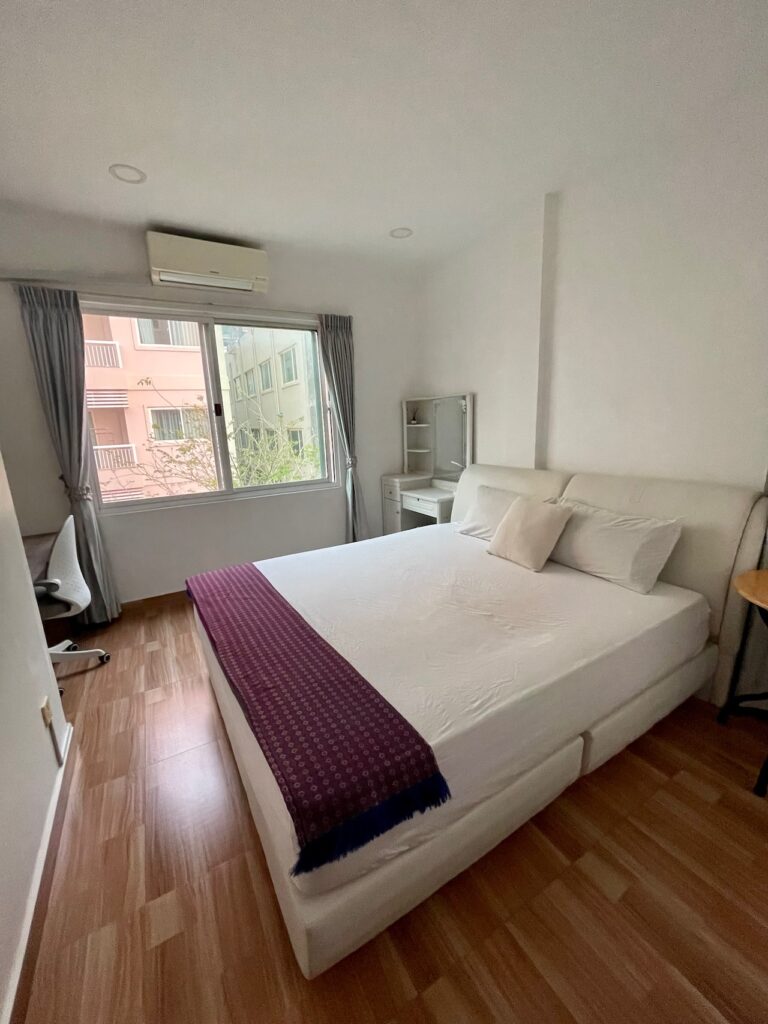
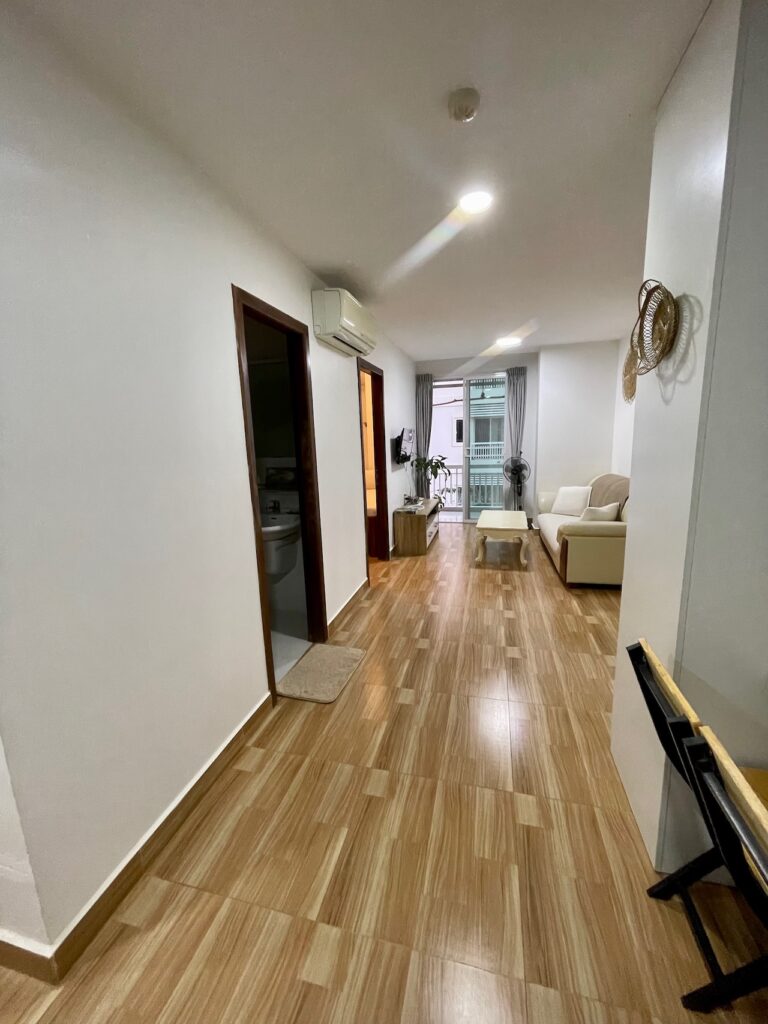
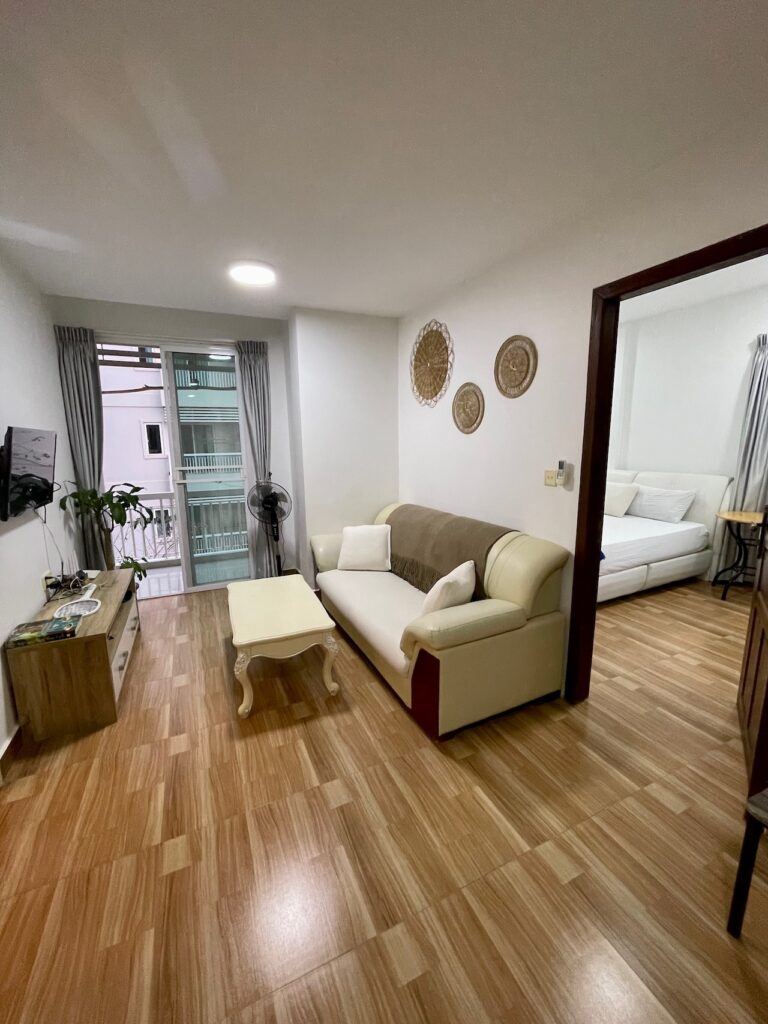
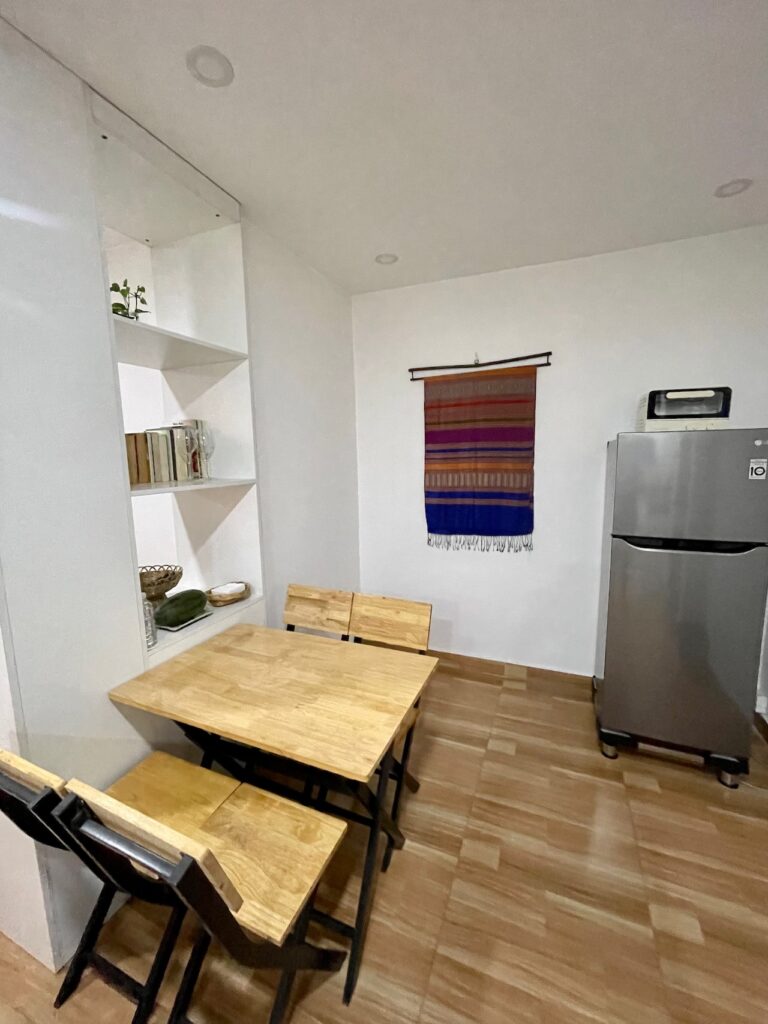
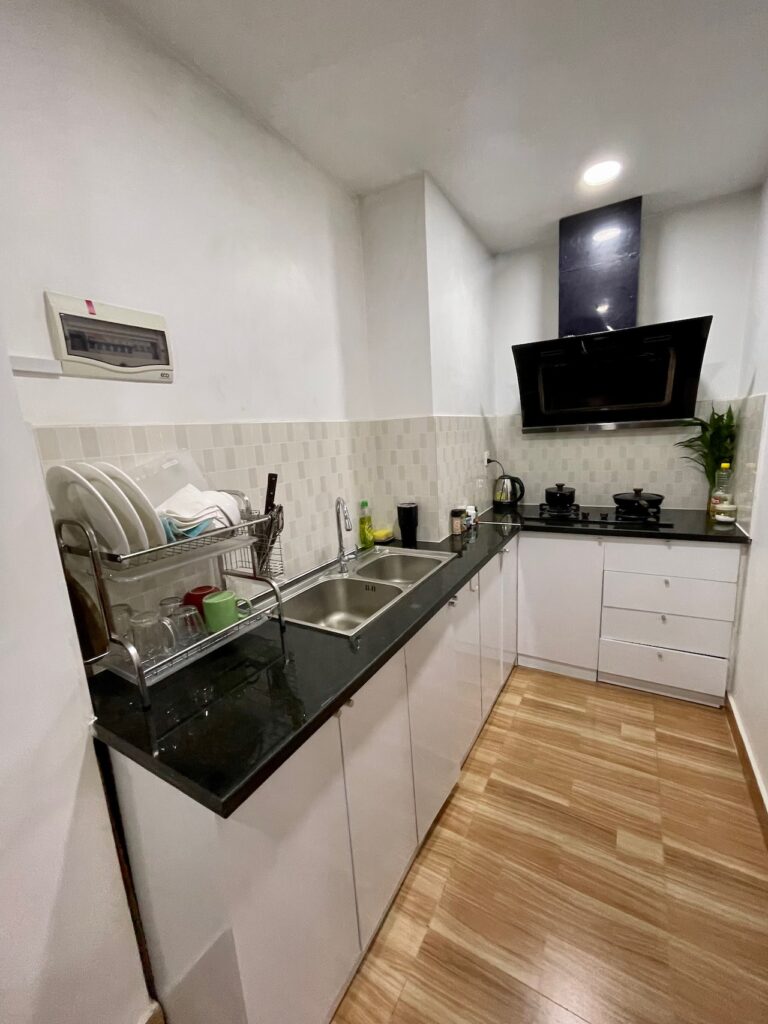
Here is a quick tour of our AirBnb:
Local Transportation: $1.62 / person / day (OR $49 / person / month)
Siem Reap lacks public transportation, so we opted to rent two mountain bikes for our month-long stay at a cost of $90. This enabled us to move around Siem Reap easily and allowed us to explore the Angkor Wat Archaeological site at our own leisure. However, if you prefer not to rent bikes, you can easily hire Tuk Tuks for around $1 per trip, with an airport transfer costing $5. Hiring a Tuk Tuk for a full day to explore the temples would set you back around $30-$40.
⇒ In total, for the length of our stay, the 2 of us spent $93.92 on local transportation.
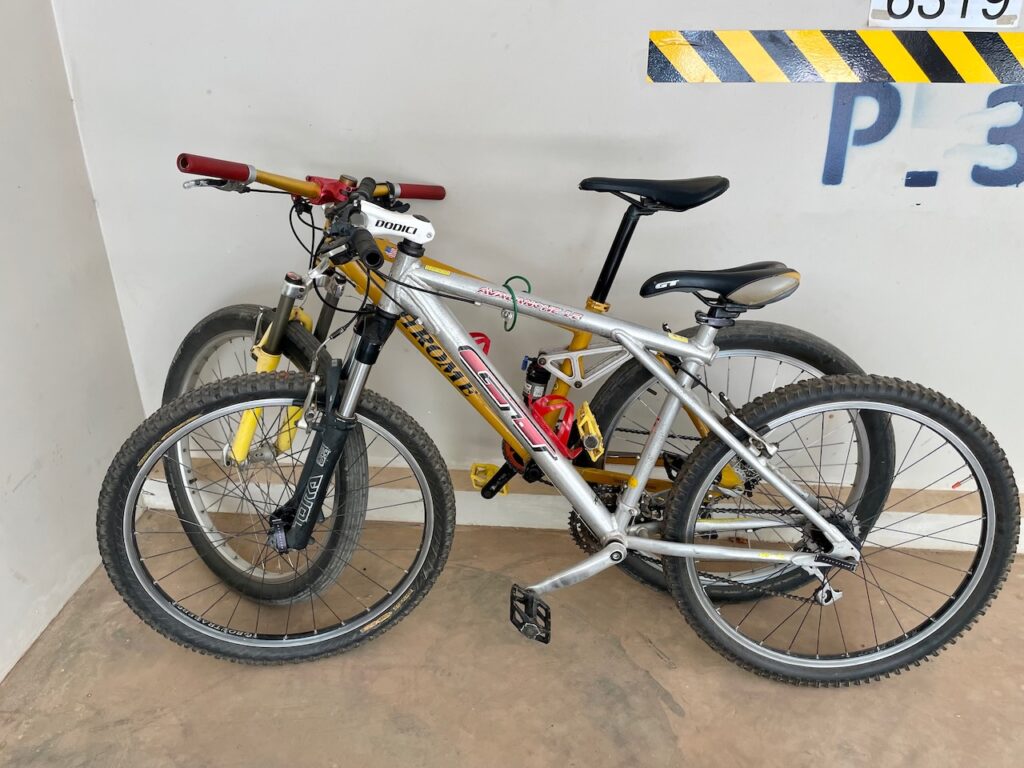
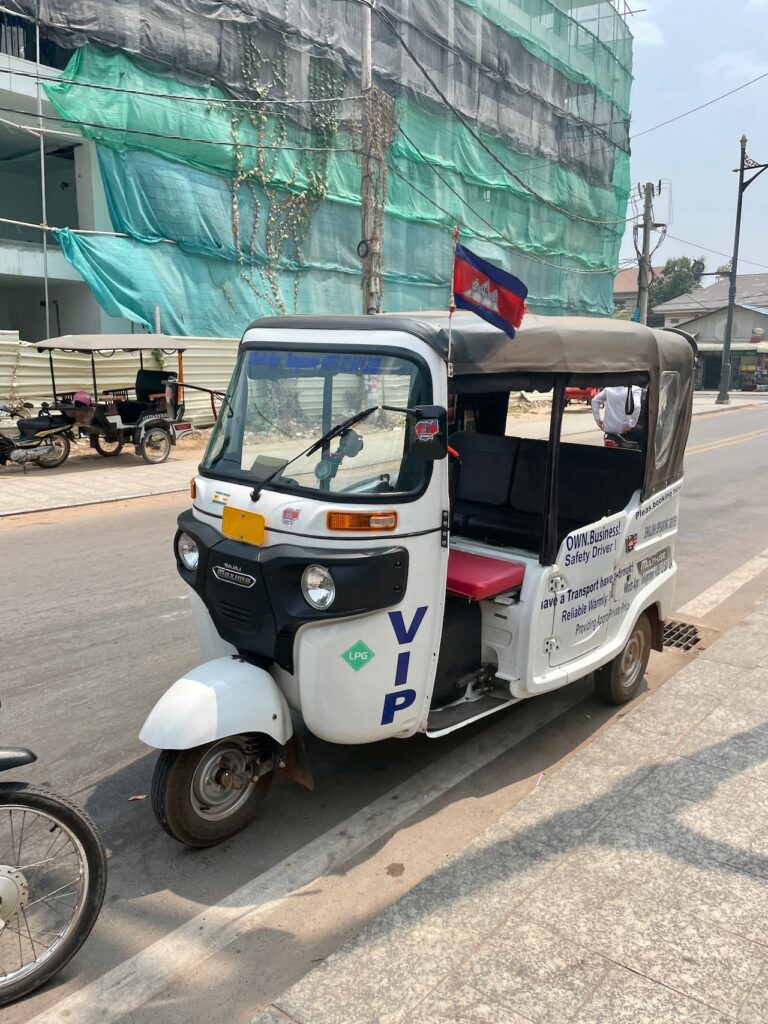
Groceries: $2.67 / person / day (OR $81 / person / month)
During our stay in Siem Reap, we went to both the traditional market and a local grocery store that was just a few minutes away from our apartment for our grocery needs. While the traditional market offered very cheap produce, we noticed that as tourists we were often quoted higher prices and had to negotiate. As a result, we opted to mostly shop at the local grocery store where the prices were clearly labeled and there was no need for negotiation. For our Western food items, we found a specialty shop in Siem Reap that offered products such as olive oil, nuts, chocolate, and other items that are more commonly found in Western countries.
⇒ In total, for the length of our stay, the 2 of us spent $154.96 on groceries. This covered 37/58 meals (lunch, snack & dinner – we don’t eat breakfast) which is about $2.09 / meal / person.
Eating Out: $6.47 / person / day (OR $81 / person / month)
During our stay in Siem Reap, we had the pleasure of trying out a range of local Khmer/Cambodian cuisine, as well as some delicious Indian and Mediterranean food. We were pleasantly surprised by the diverse food options available in the city. Along with enjoying some of the best Cambodian restaurants, we also indulged in some refreshing sugar cane juice, creamy ice cream, and tasty local snacks.
⇒ In total, for the length of our stay, the 2 of us spent $187.56 on restaurants + $25.57 on snacks for a total of $213.13. Our restaurant budget covered 21/58 meals (lunch or dinner). The average cost of our meals was $4.47 /meal / person which is 2.19 times more expensive than eating at home (by doing the ratio between what a full day of eating out would cost vs a full day of eating at home as per our budget).

Activities: $6.57 / person / day (OR $100 / person / month)
During our stay in Siem Reap, our primary activity was to explore the Angkor Wat temple complex. As we were there for a month, we opted for a 7-day pass, which cost us $124 and was valid for 30 days. This worked out to be less than $9 per day, compared to a day pass which costs $37, and a 3-day pass which costs $62 and is valid for 7 days.
We also enjoy some nice cambodian massages for $66 (that was for 7x 1hr sessions)
⇒ In total, for the length of our stay, the 2 of us spent $190.27 on activities.
Our Money Savings Tips
How did we save money for this trip?
- Rent a bike during your stay! This helped us reduce our carbon footprint while increasing our exercise activity. Double win!
- Use travel credit cards with sign-on bonuses to maximize free miles that you can apply towards your trip so you can travel for (almost) free.
- Use this amazing debit card to avoid hefty ATM fees.
- Use AirBnB (if staying one month or less). AirBnB is a website that allows homeowners, in destinations all over the world, the ability to rent private spaces (or entire apartments) for a fee. As nomadic long term travelers, we like to call AirBnB our home as it has helped us save a lot of money and provides us with really great places managed by wonderful hosts!
Our Bottom Line
During our 4-week stay in Siem Reap, we were impressed by the city’s food scene and rich history, all while staying within our budget of less than $1,200. Renting bikes allowed us to explore the temples at our leisure and save on transportation and entrance fees. We also enjoyed affordable food and massages throughout our stay.
So that’s it folks! What did you think about our budget in Siem Reap? Is it as affordable as you thought it was? Feel free to share your experience and ask questions by leaving a comment below.
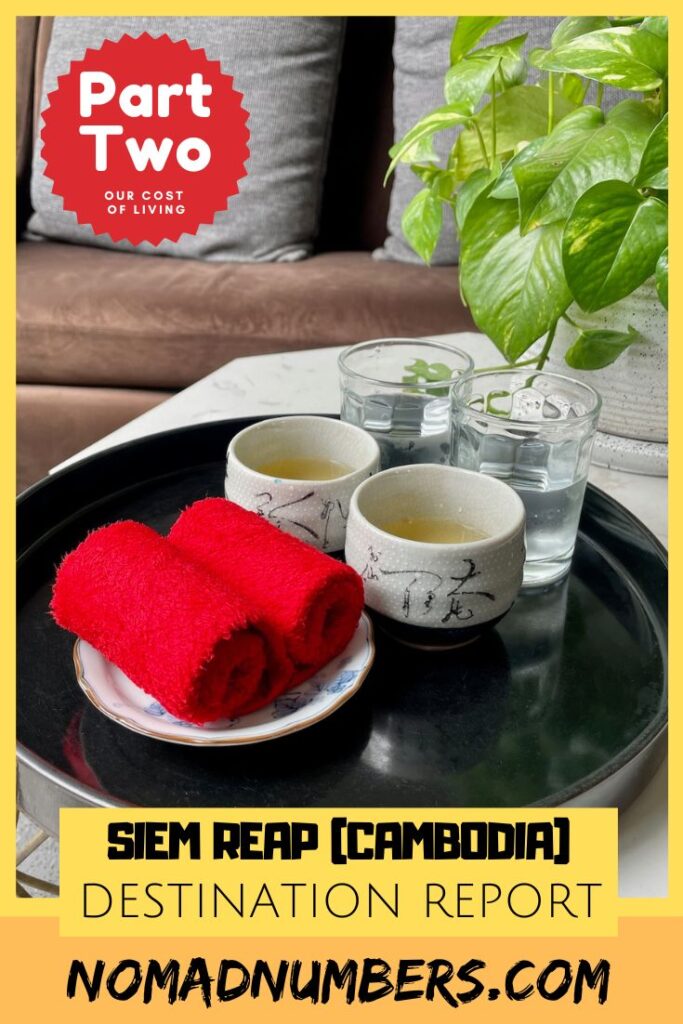

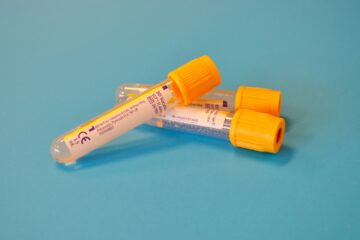
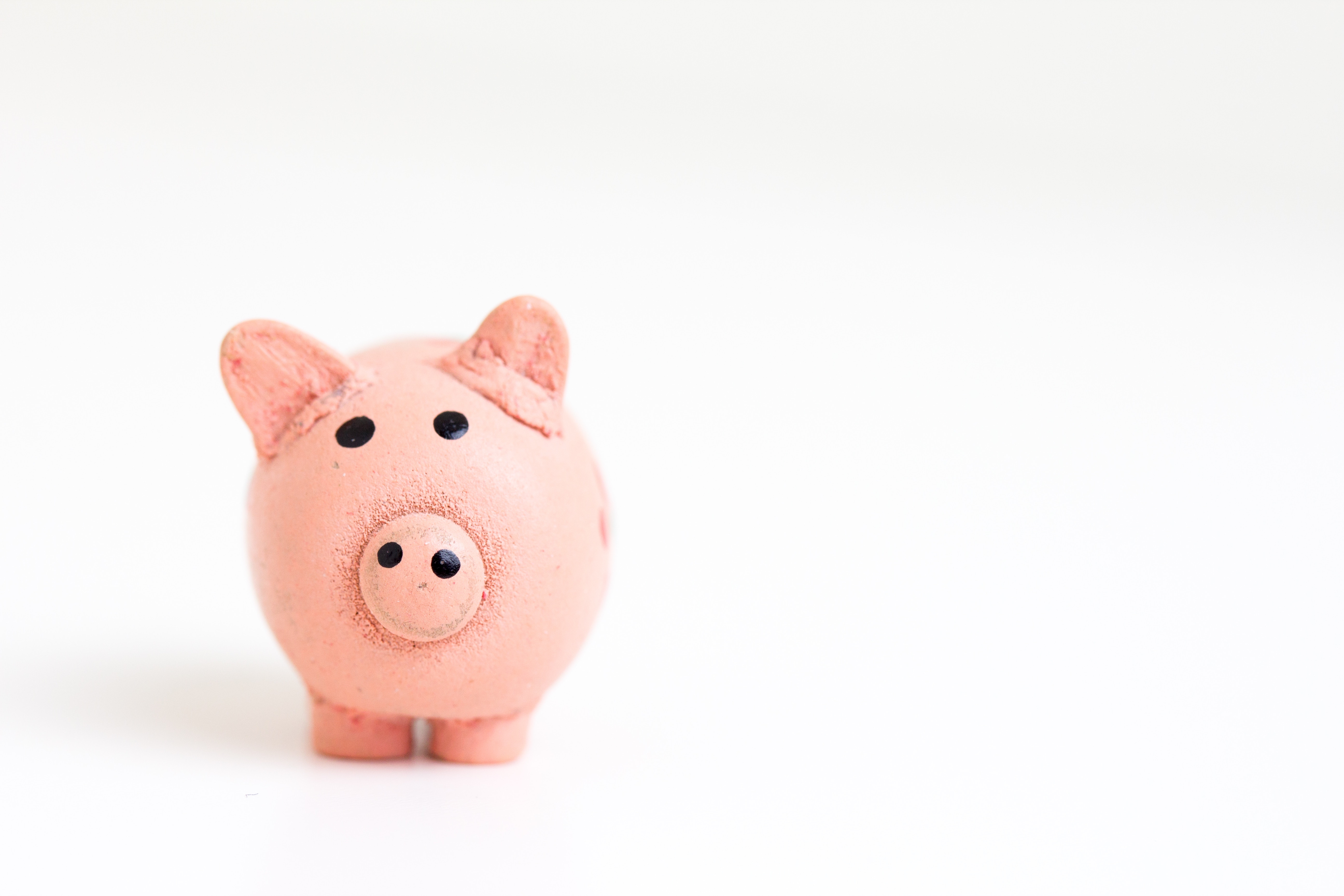
1 Comment
Destination Report: Siem Reap Cambodia: What to do, see, eat and avoid — Nomad Numbers · June 8, 2024 at 11:19 am
[…] in Siem Reap so you won’t go hungry. In this 2 part series blog post (part 2 is focused on the cost of living in Siem reap Cambodia), we’ll share our detailed itinerary for Siem Reap and Angkor Wat as well as some other […]